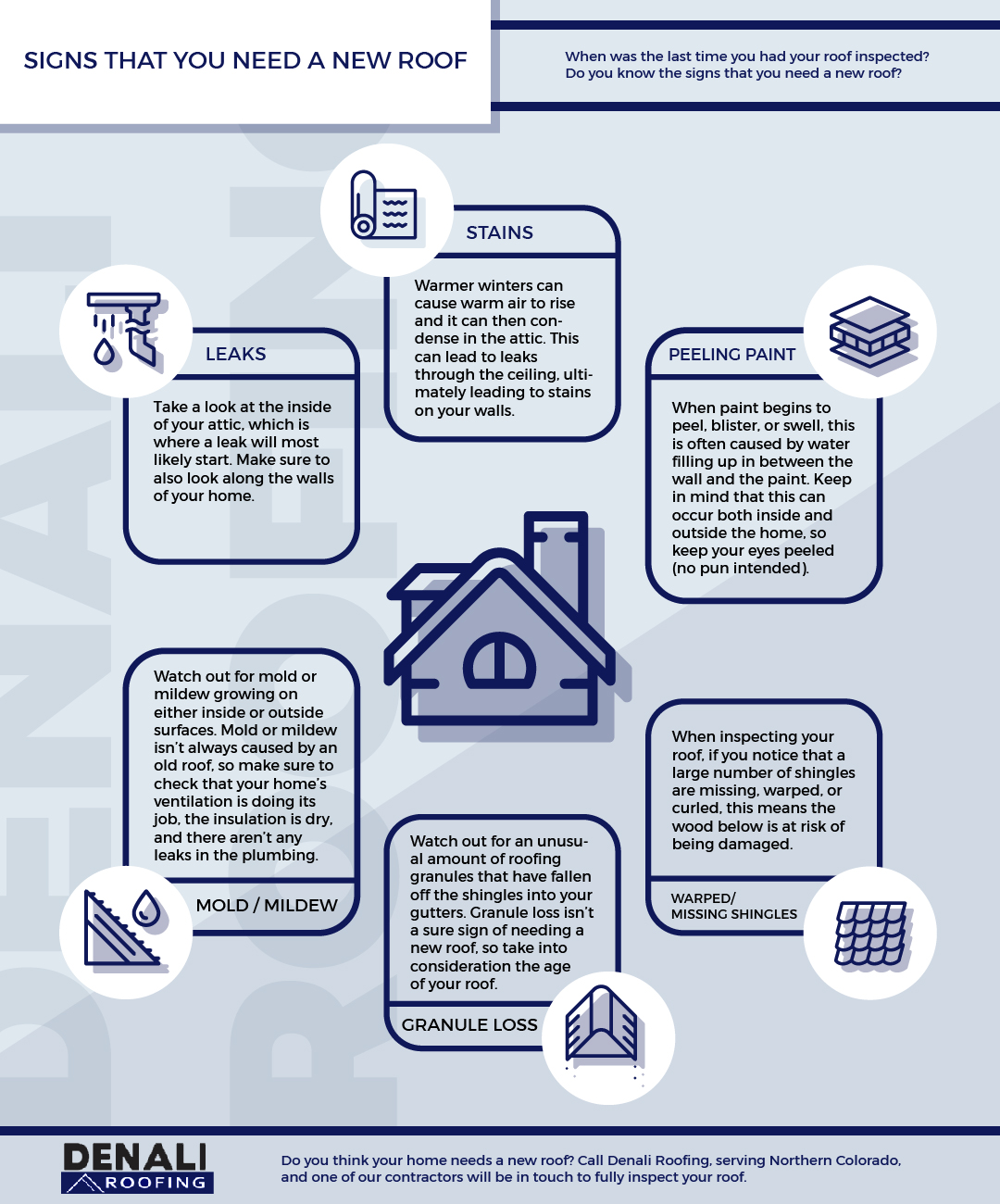Comparing Photovoltaic Panel Kind: Picking The Suitable Service For Your Home
Comparing Photovoltaic Panel Kind: Picking The Suitable Service For Your Home
Blog Article
Written By-Lim Marquez
When it comes to picking the ideal photovoltaic panels for your home, the options can be frustrating. Each kind offers distinctive advantages and trade-offs, making it important to figure out which elements straighten best with your objectives. Whether your focus is on performance, cost-effectiveness, or looks, there's a solar panel kind that can deal with your needs. So, prior to you make a decision, think about the important elements that will influence your solar energy system's efficiency and viability for your home.
Monocrystalline Solar Panels
When thinking about solar panels, you may discover monocrystalline solar panels. These panels are understood for their high efficiency prices as a result of their building and construction from a single constant crystal framework. This layout permits monocrystalline panels to do better in reduced light conditions contrasted to various other kinds of solar panels. Furthermore, commercial solar installation cost streamlined black appearance makes them a prominent choice for domestic setups, assimilating flawlessly with the majority of roofs.
One crucial advantage of monocrystalline photovoltaic panels is their space performance. They need much less area to produce the exact same amount of electricity as other photovoltaic panel types, making them optimal for homes with restricted roof area.
While monocrystalline panels tend to be more costly upfront, their long-lasting resilience and efficiency frequently make them an economical investment in the realm of solar power. If please click the up coming website page and visual appeals in your photovoltaic panel selection, monocrystalline panels could be the best selection for your home.
Polycrystalline Solar Panels
Polycrystalline photovoltaic panels, also called multicrystalline photovoltaic panels, provide an alternative choice to monocrystalline panels. These panels are made from silicon crystals that are melted with each other, developing a much less consistent appearance compared to monocrystalline panels.
One of the essential advantages of polycrystalline panels is their reduced production cost, making them a more economical option for homeowners aiming to buy solar power.
While polycrystalline panels might have a somewhat reduced effectiveness price contrasted to monocrystalline panels, they still provide a reliable and cost-efficient way to produce solar power for your home. https://grist.org/climate-energy/white-house-3-billion-solar-power-puerto-rico/ perform well in heats and are a durable option for a variety of climates.
If you have a larger roof covering space and are looking to maximize your power production without breaking the financial institution, polycrystalline panels could be the appropriate choice for you.
When considering photovoltaic panel options for your home, it's important to weigh the cost-effectiveness and performance of polycrystalline panels against your energy needs and spending plan restraints.
Thin-Film Solar Panels
Proceeding to Thin-Film Solar Panels, these panels supply a special choice to traditional silicon-based options like polycrystalline panels. Thin-film panels are light-weight and adaptable, making them less complicated to set up on various surfaces like rounded roofs or walls. They're additionally much more aesthetically pleasing, assimilating perfectly with the style of your home.
However, it's vital to note that thin-film panels usually have reduced performance prices contrasted to crystalline silicon panels. This means you might need more area to produce the very same quantity of electricity.
On the silver lining, thin-film panels perform better in low-light problems and have a reduced temperature coefficient, suggesting they can generate even more energy on warm days. If you have sufficient room and are searching for a functional and visually attractive photovoltaic panel alternative, thin-film panels could be a great selection for your home.
Conclusion
Finally, when deciding on the most effective photovoltaic panel type for your home, consider your power requires, budget, and area restraints. Monocrystalline panels give high effectiveness in restricted area, while polycrystalline panels provide a cost-effective alternative with dependable performance. Thin-film panels offer adaptability and visual charm however may have lower effectiveness rates. By weighing these variables, you can choose the photovoltaic panel type that ideal fits your particular demands.
